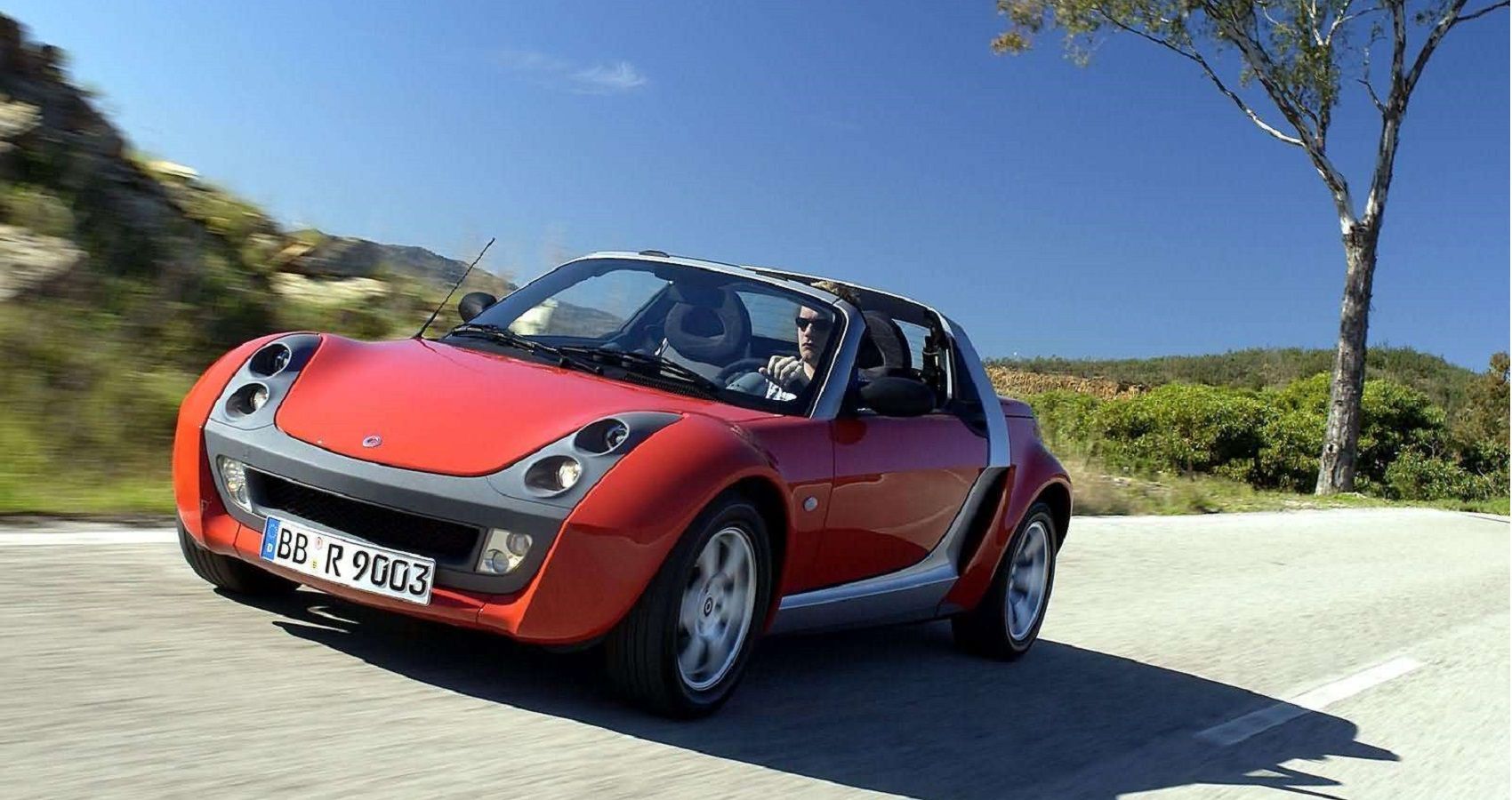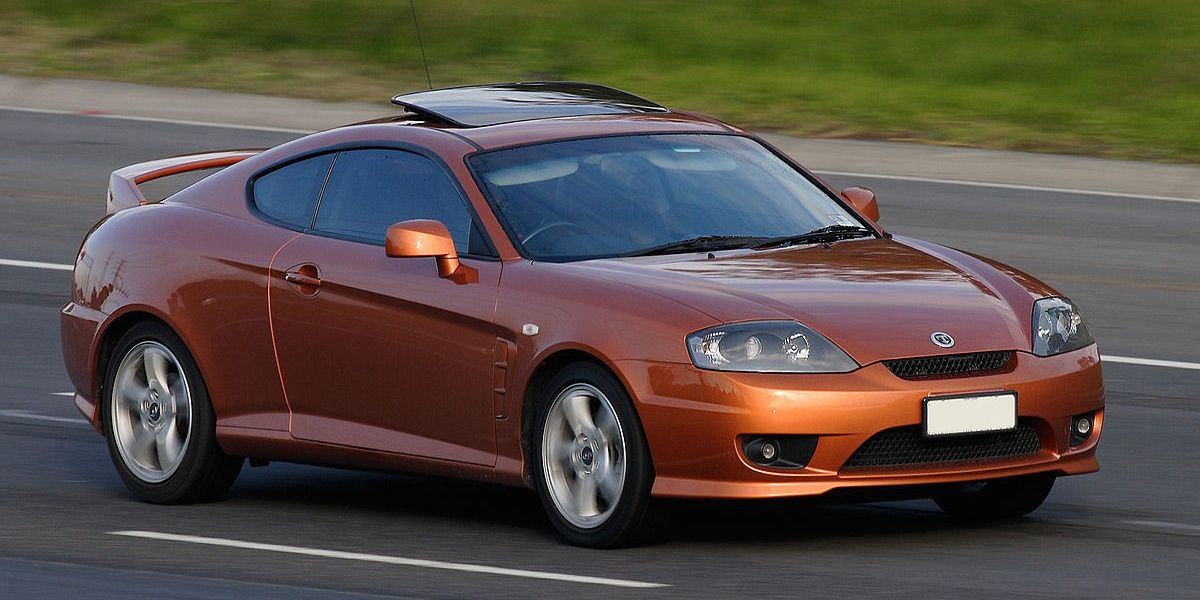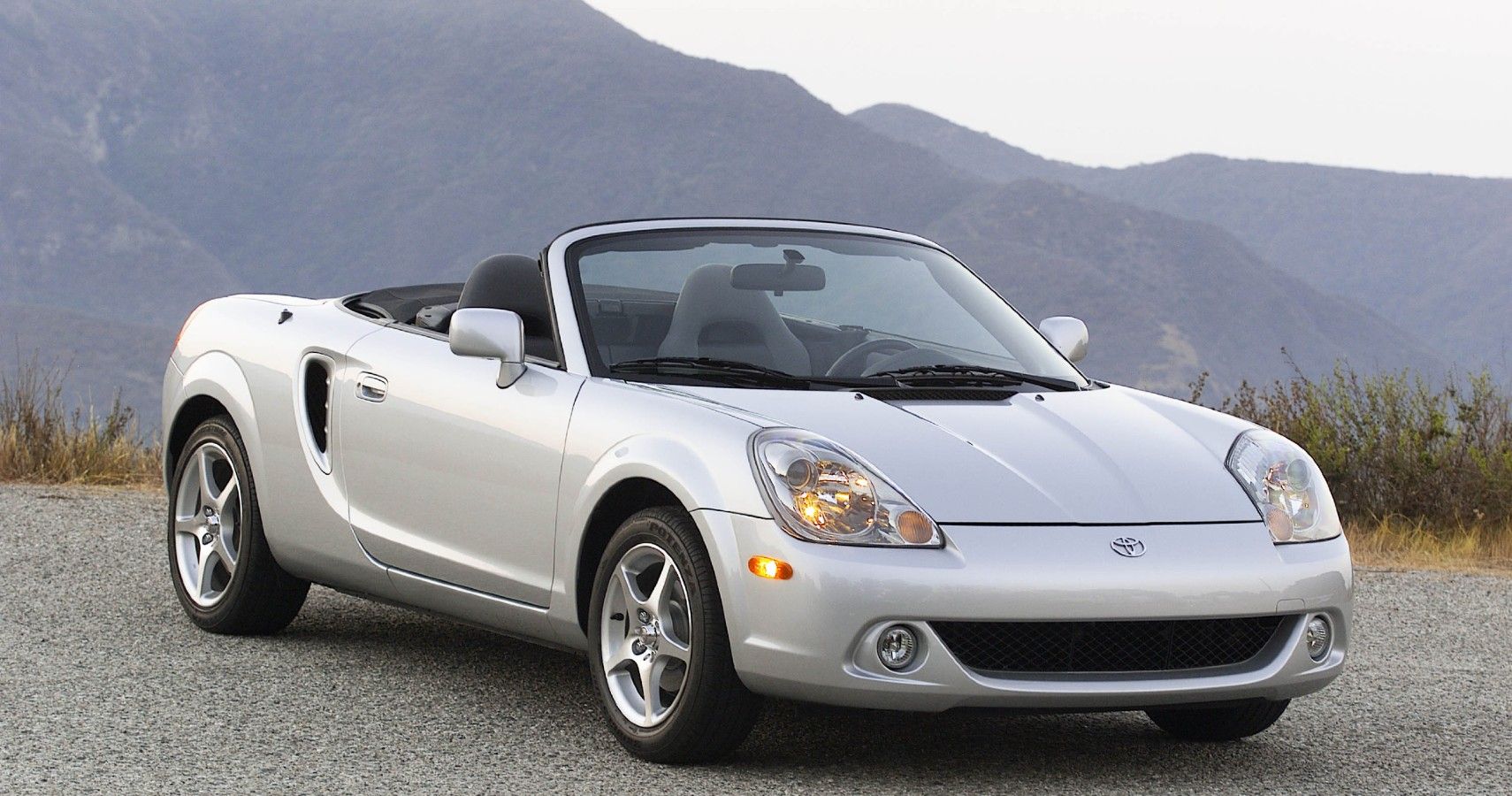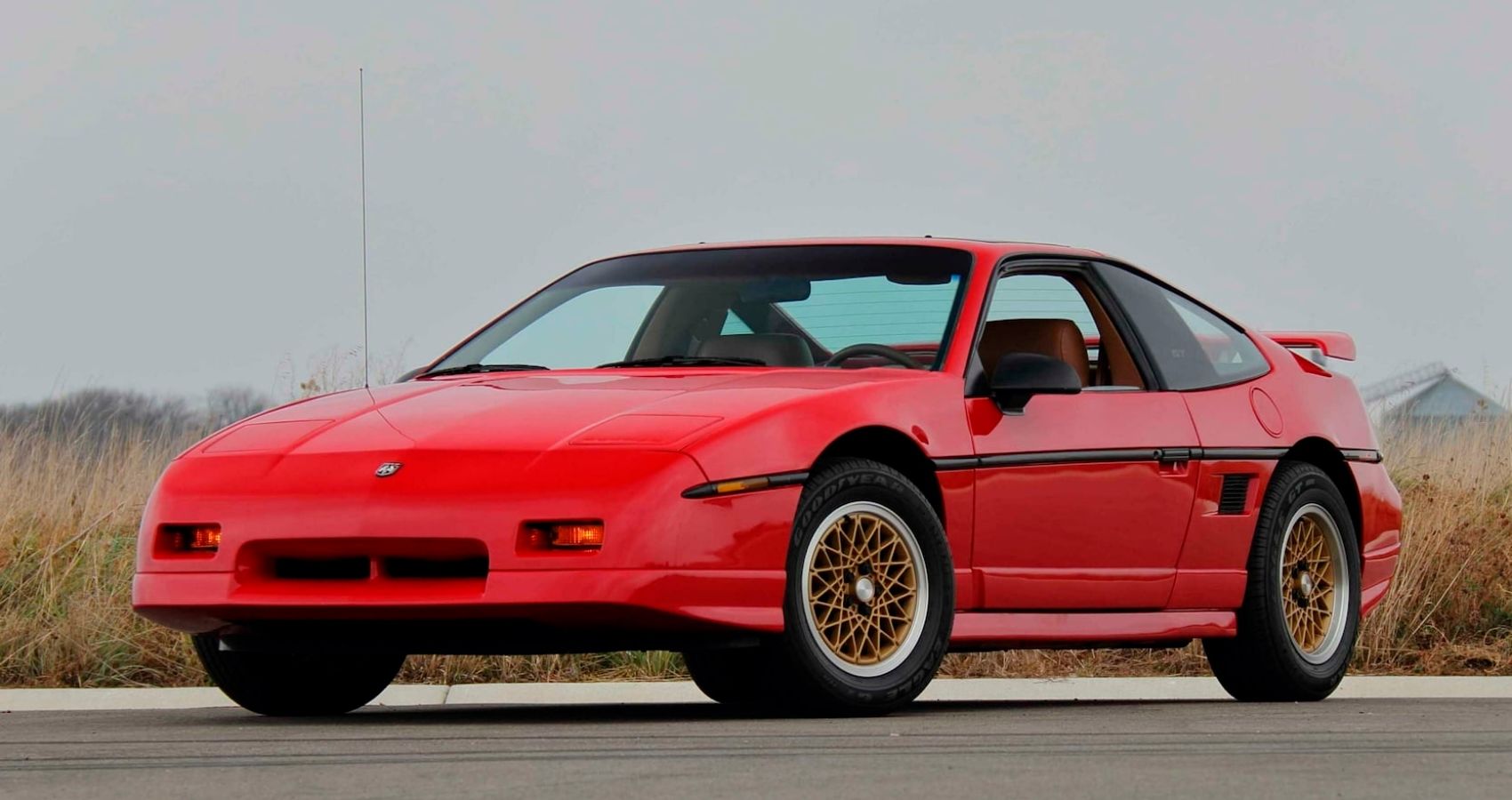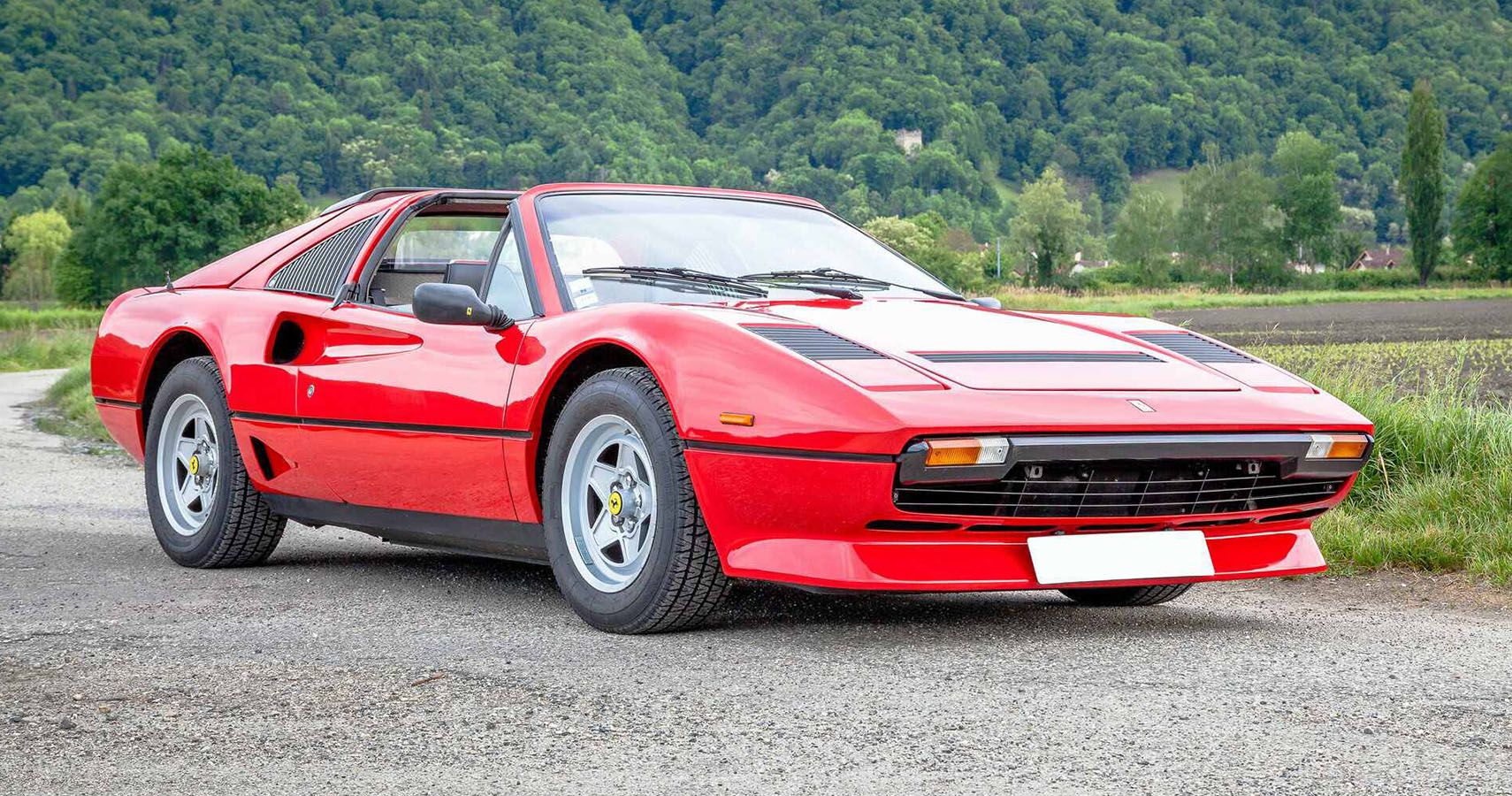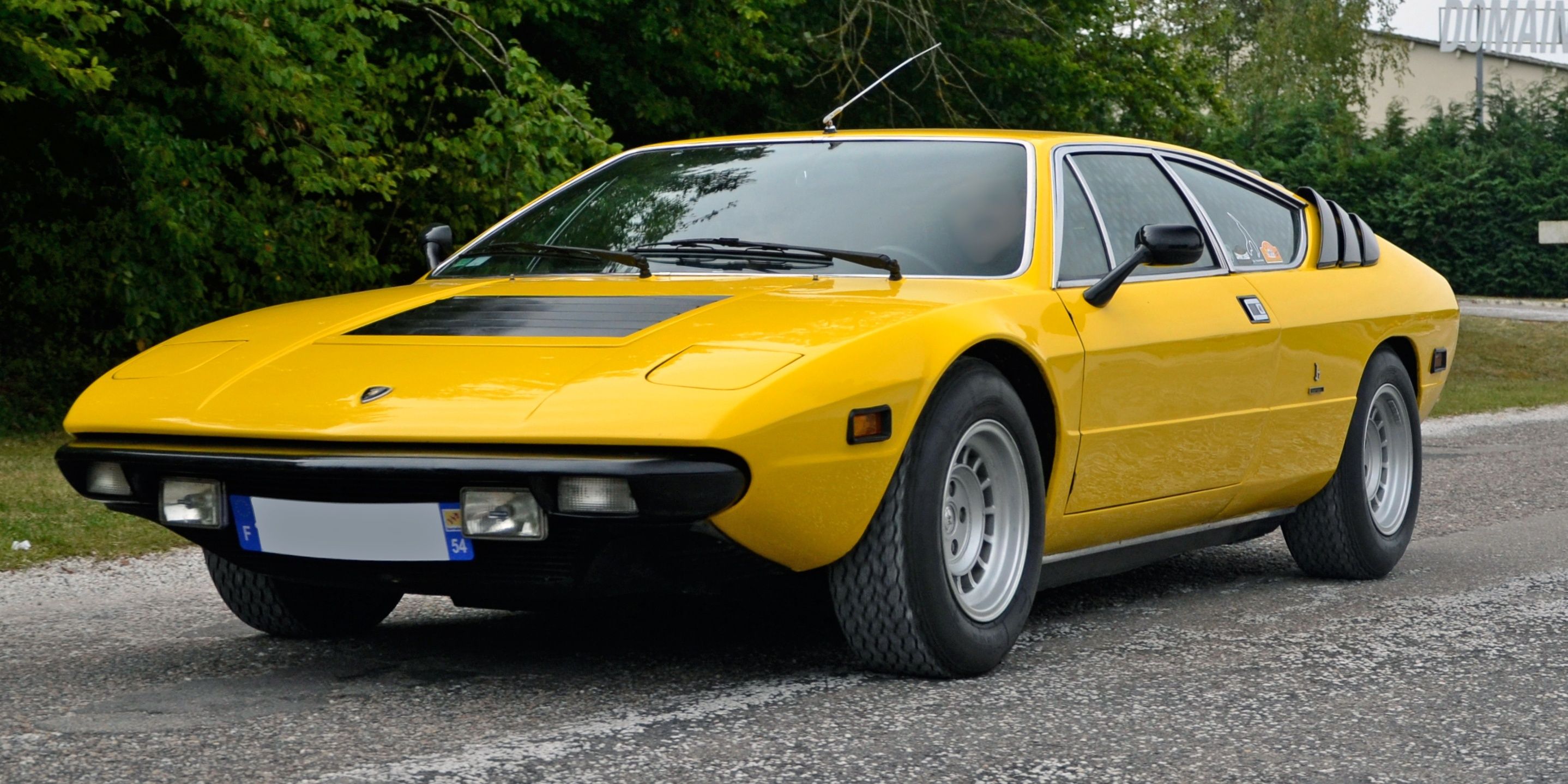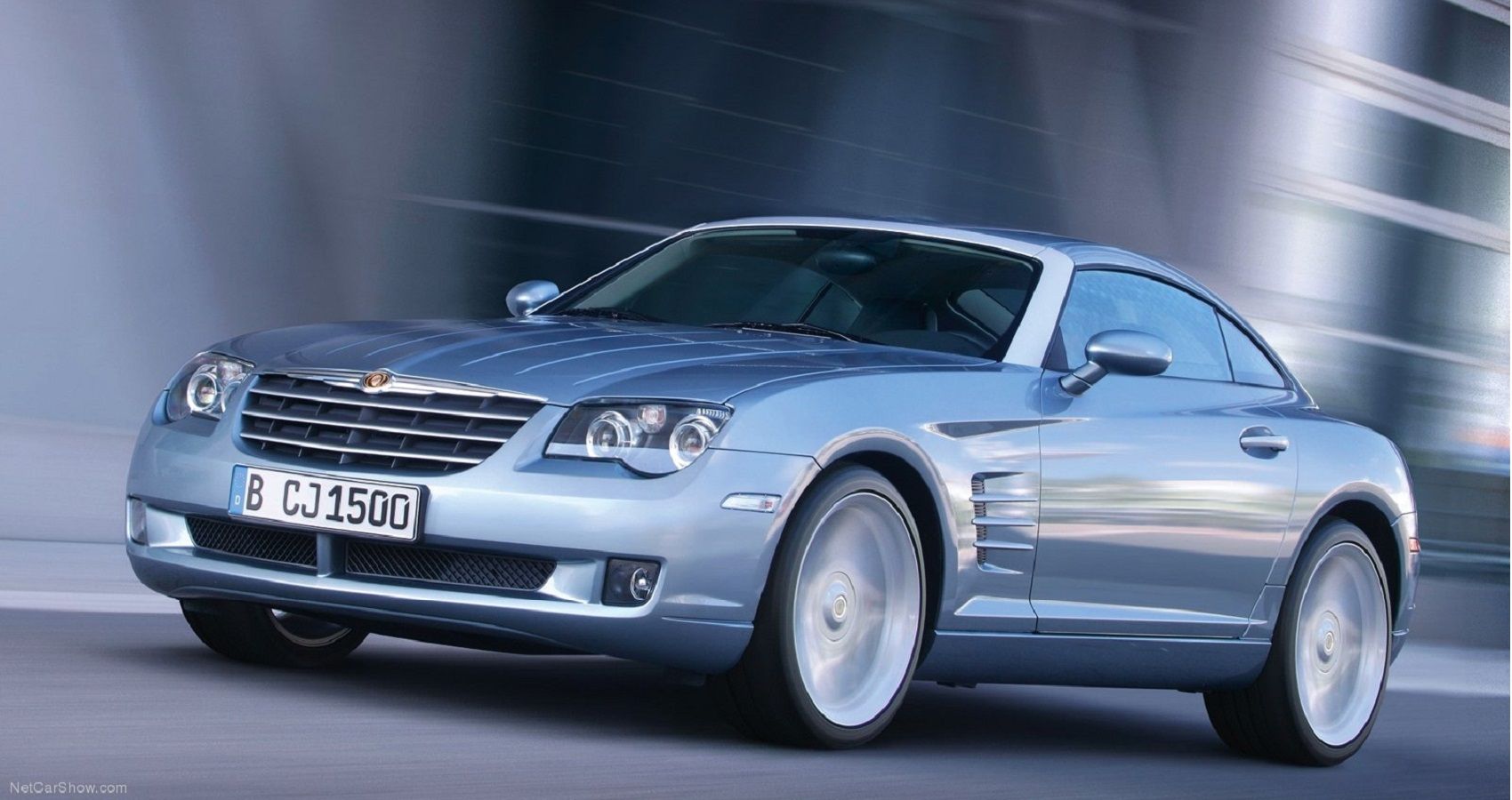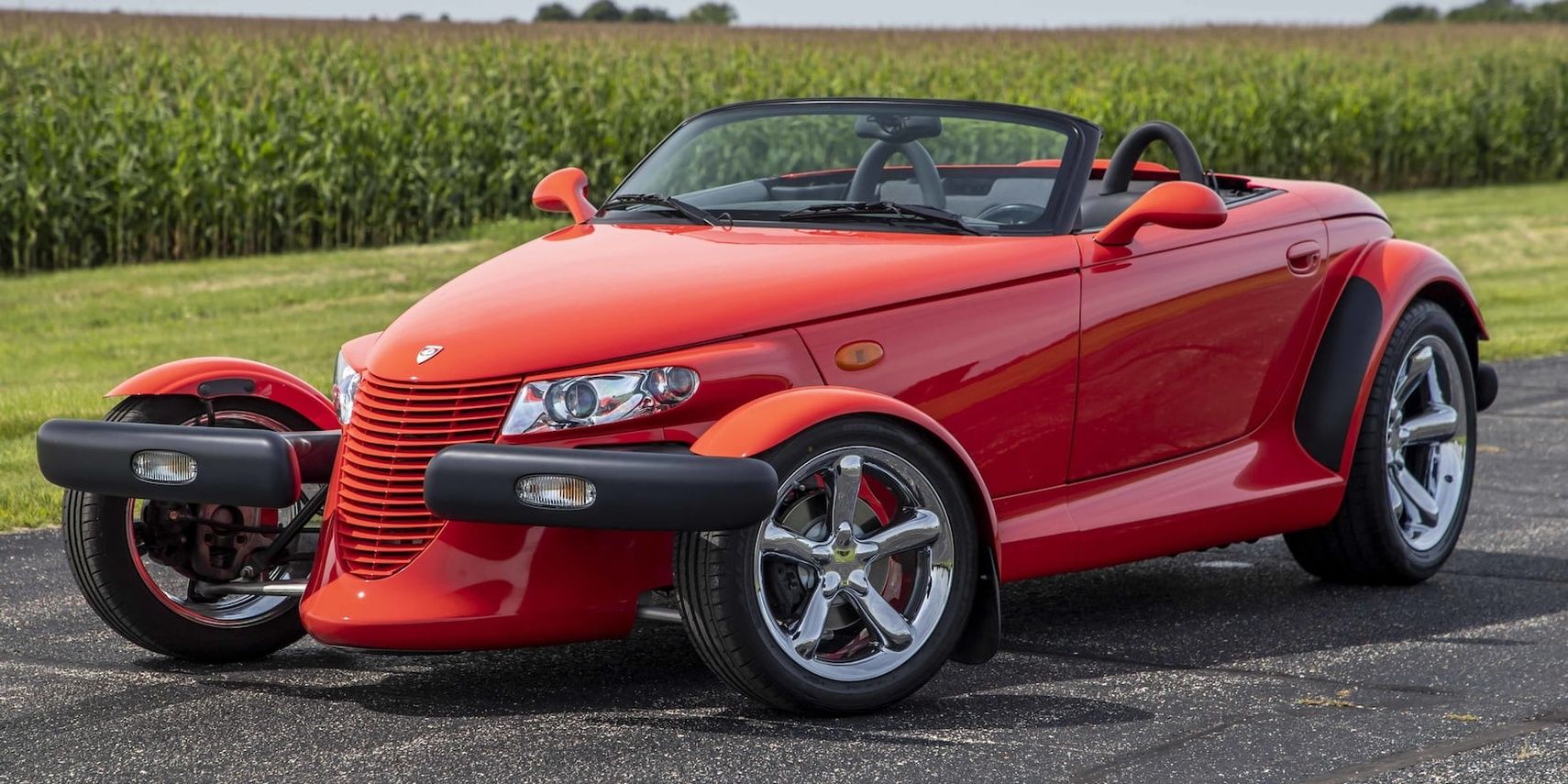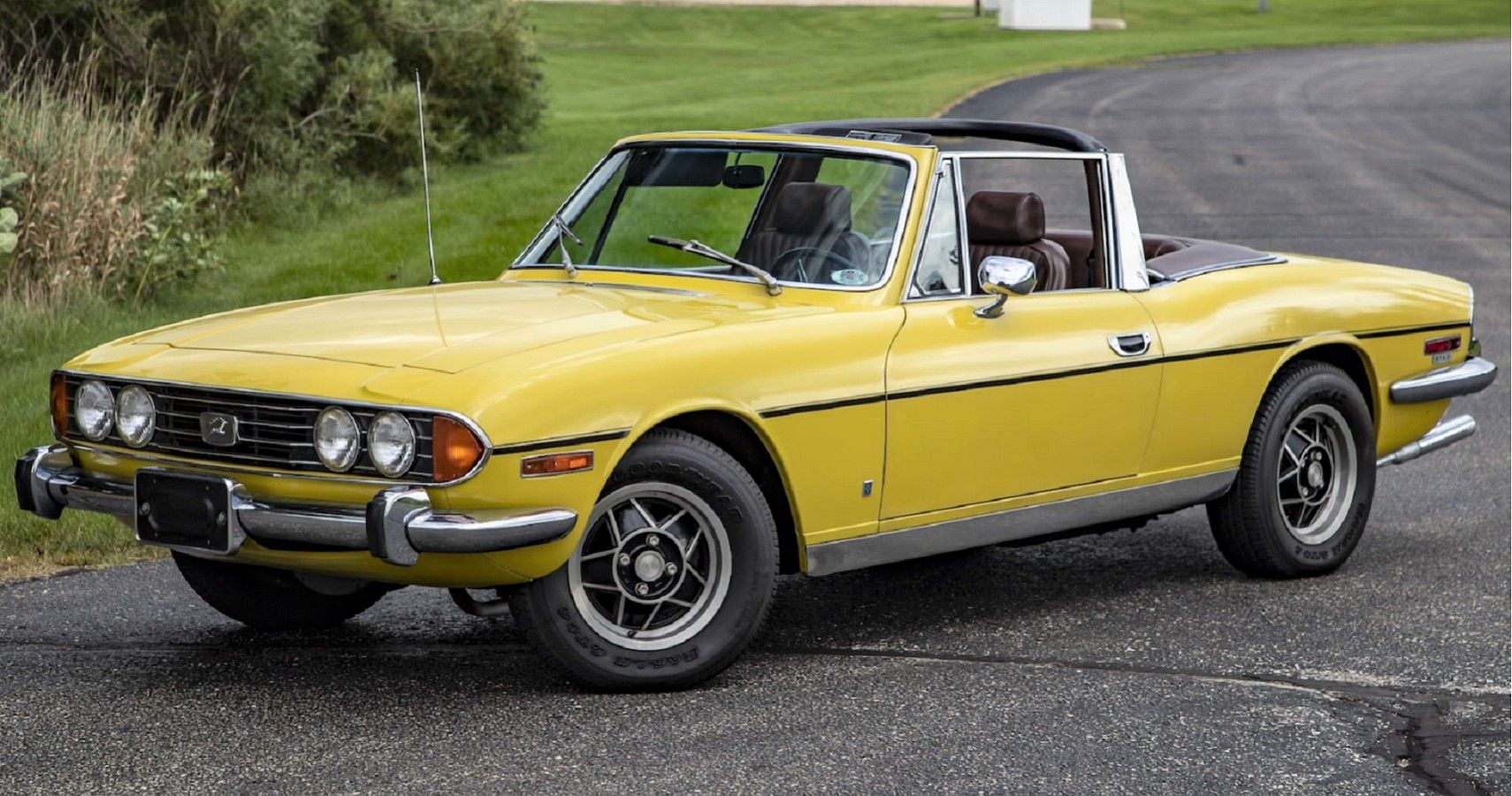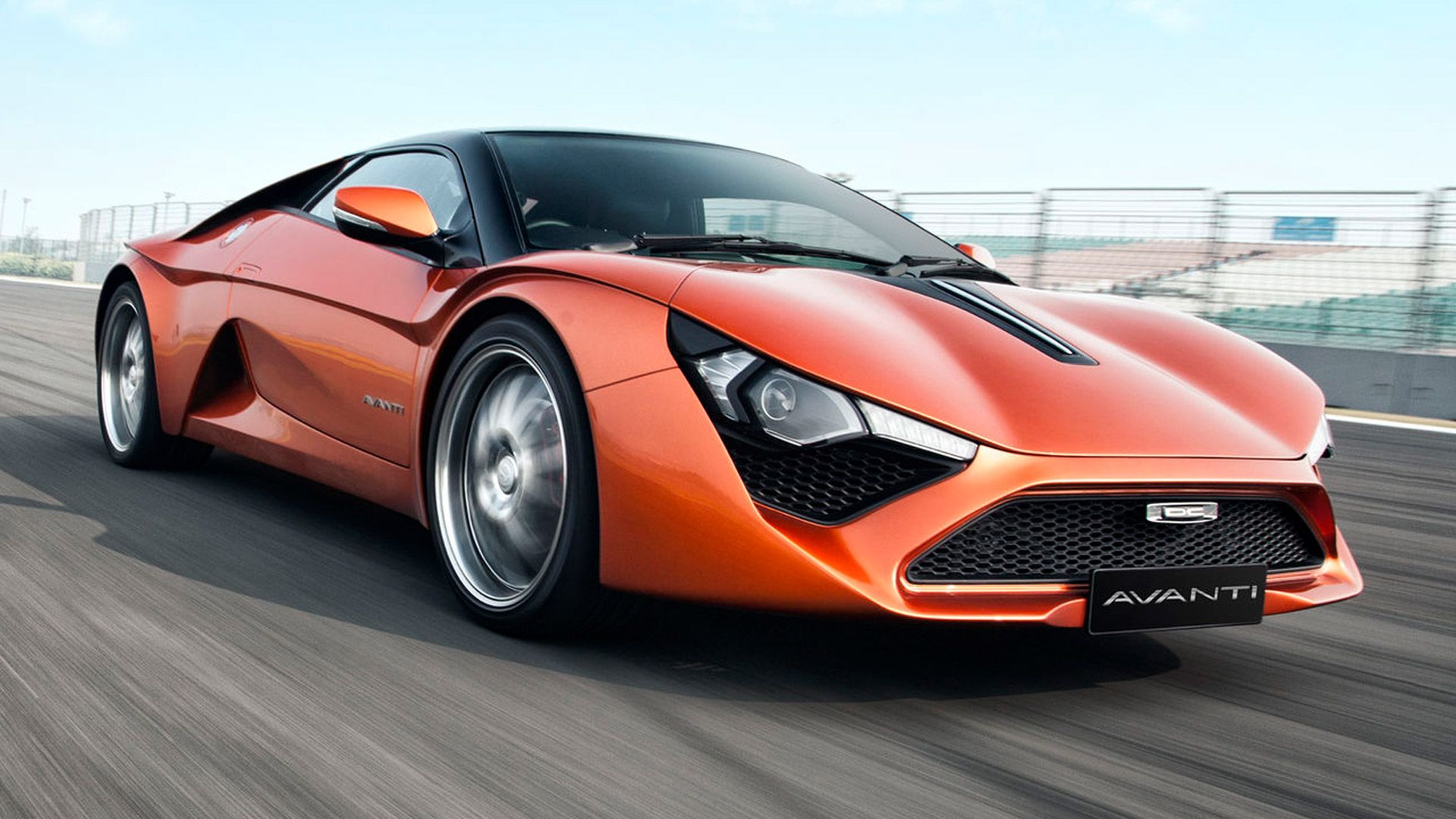These weird sports cars put looks over performance, completely missing the whole point of the vehicle.

Sports cars are vehicles designed with sportiness in mind, rather than practicality, ergonomics, or comfort. As a result, most sports cars are brilliant when hooning around, but terrible when used as a daily driver.
Granted, automakers have changed their sports cars to be more user-friendly, but there are still models that are only really great for a weekend blast up a mountain pass. Then, there are the sports cars that are more style over substance – the cars that offer good looks but are lacking in the performance department. Whether it be because of economic situations or simply because the manufacturer couldn’t be bothered to make a proper sports car, these cars are really quite terrible to use as the class in which they are.
Here are ten sports cars that put style over substance, resulting in some pretty uninteresting sports cars.
10 2003 Smart Roadster
With the popularity of the Smart ForTwo – known as the City Coupe in Europe – Mercedes-Benz wanted a sportier car in the Smart lineup. The result was the Roadster, a tiny Roadster, and Coupe powered by a 698cc 3-cylinder turbo sitting behind the seats.
The model only ever produced around 80 hp going to the rear wheels via a 6-speed automated manual transmission. The Roadster only weighed in at 1,742 lbs, but it still lacked performance. While it looked pretty interesting, the Roadster was a flop due to the un-intriguing execution.
9 2008 Hyundai Tiburon
The Hyundai Tiburon was a compact 2-door coupe built on the Elantra sedan’s platform. As a result, the first iteration of the model featured only inline-4 engines mated to manual or automatic transmissions. Luckily, the Tiburon became a bit sportier with the second generation.
The 2008 Tiburon featured a 2.7-liter V6 from the Tucson crossover, producing 172 hp, which is all sent to the front wheels only via a 5-speed manual. The Tiburon looked the part, but the underpowered engine really let the whole model down. Hyundai teased a rear-wheel-drive model in the early 2010s, but it never happened.
8 2006 Toyota MR2
The last generation Toyota MR2 is by far the most disappointing of the lot. The first generation featured both supercharged and turbocharged engines, with the second generation growing one size larger and gaining a more powerful 2.0-liter turbo. The third generation reverted to a 1.8-liter non-turbo.
The styling of the MR2 is questionable and the 138 hp engine in the middle didn’t exactly inspire sporty driving. The MR2 also didn’t have a trunk, making it a difficult car to live with. People who do buy the last MR2 either add forced induction or swap out the 1.8 for the 2.4-liter from a Camry.
7 1985 Pontiac Fiero
The Pontiac Fiero was a sports car from the 1980s that was specifically built for fuel economy. Luckily, the Fiero was cheap to produce and fix, but this same in-expense resulted in many burning to a crisp due to questionable engineering.
The Fiero did get a V6 later in its production, but it still wasn’t exactly a sports car. While the Fiero looked like a cut-price Ferrari – with GM even selling Ferrari 308 GTB body kits – it could not exactly provide the same level of driving experience.
6 1982 Ferrari 208 GTB
While we’re on the subject of the Ferrari 308, the Italy-only model of the same car featured a 2.0-liter V8 rather than the 3.0-liter V8 in the international versions. This was done to negate the horrendous taxation rules on Italian cars sold in Italy.
As a result, the 2.0-liter V8 produced just 155 hp – compared to the 240 hp in the larger engine – and turned the Prancing Horse into a relatively sedate cruiser. Ferrari did turbocharge the 208, boosting power to 220 hp, but it still lacked the traditional Ferrari-ness.
5 1975 Lamborghini Urraco P200
Like the Ferrari 208 GTB, the Lamborghini Urraco P200 was a model built for the Italian domestic market. Just like the 208, the Urraco P200 featured a V8 but reduced to just 2.0 liters – rather than the 3.0 liters found in the international Urraco.
Lamborghini did a slightly better job than Ferrari did – as the V8 in the P200 produced 180 hp. Lamborghini also offered a 2.5-liter version of the Urraco, increasing power to 220 hp. All in all, the Urraco is a fantastic-looking car, but slow and uncomfortable to drive fast – going against Lamborghini’s M.O.
4 2005 Chrysler Crossfire Automatic
The Chrysler Crossfire is a compact convertible and coupe designed when Mercedes-Benz and Chrysler worked together under the Daimler-Chrysler umbrella. Take away the exterior body panels and underneath, the Crossfire is mechanically identical to the Mercedes-Benz SLK.
Weirdly, Chrysler tuned the Crossfire differently than Mercedes-Benz did the SLK, which resulted in a car worse than the SLK in almost every way. While the manual version was considered ‘fine’, the biggest complaints came from the automatic version.
3 2001 Plymouth Prowler
The Plymouth Prowler was a car designed during the US manufacturers’ era of hot-rodding – late 1990s and early 2000s when their modern cars had 1930s and 1940s influences. The Prowler was supposed to be a modern take on a hot rod, with the concept featuring a V8 engine and a manual transmission.
The production Prowler was all but wanted, as Chrysler ditched the V8 and manual transmission for a V6 and a terrible automatic transmission. While the Prowler does have a following in the motoring world, it is a pretty bad car to drive as it’s nowhere near what everyone believed it to be.
2 1971 Triumph Stag
The Triumph Stag was a British sports car from the 1970s that was not only styled in a weird fashion but also had some strange proportions. Unlike the MGB Roadster of the same era, the Stag at least featured a V8 engine, but it was the early Triumph V8 – an engine not exactly known for its reliability.
The Stag had many issues, but the main problems were with the engine. Due to SAAB using half of the engine for its 99, the block was cast to make usage easier, meaning the water-cooled pipes were at the wrong height – leading to overheating issues and corrosion. Not something a sports car owner really wants to worry about.
1 2013 DC Avanti
The DC Avanti is a car not many have heard about – strange as it was produced between 2012 and 2020. The car itself is a mid-engine design featuring a 2.0-liter turbocharged inline-4 borrowed from Renault, producing between 250 and 310 hp.
While this sounds pretty good, the weird thing is that the car is limited to a top speed of just 120 mph – about the same as a mid-range crossover. The idea was probably that it would have short and fun gearing when racing around a track, but given a long enough straight and the needle would be bouncing off the limiter. We’re not quite sure why DC did this – it’s definitely one of the strangest decisions for a sports car.



